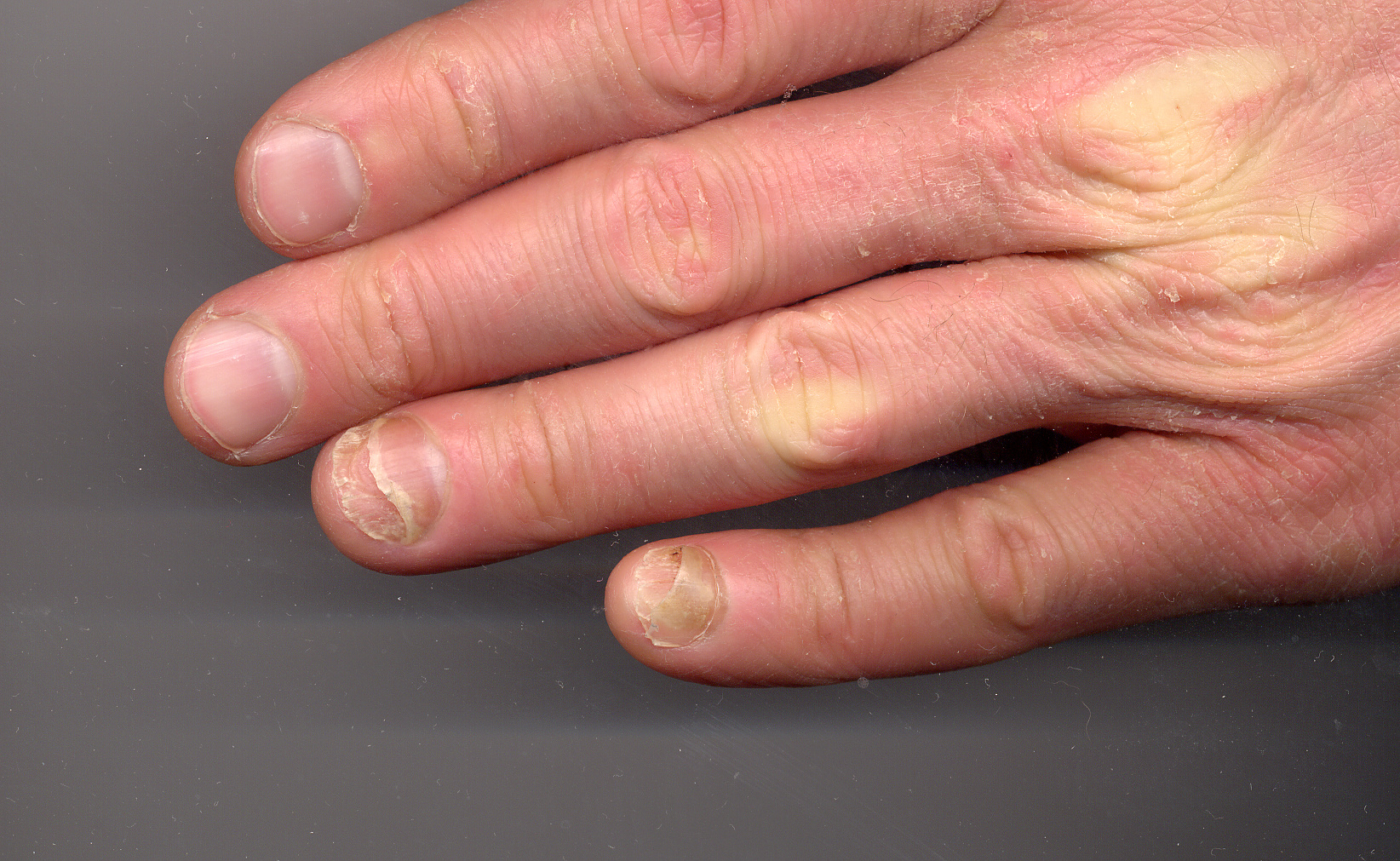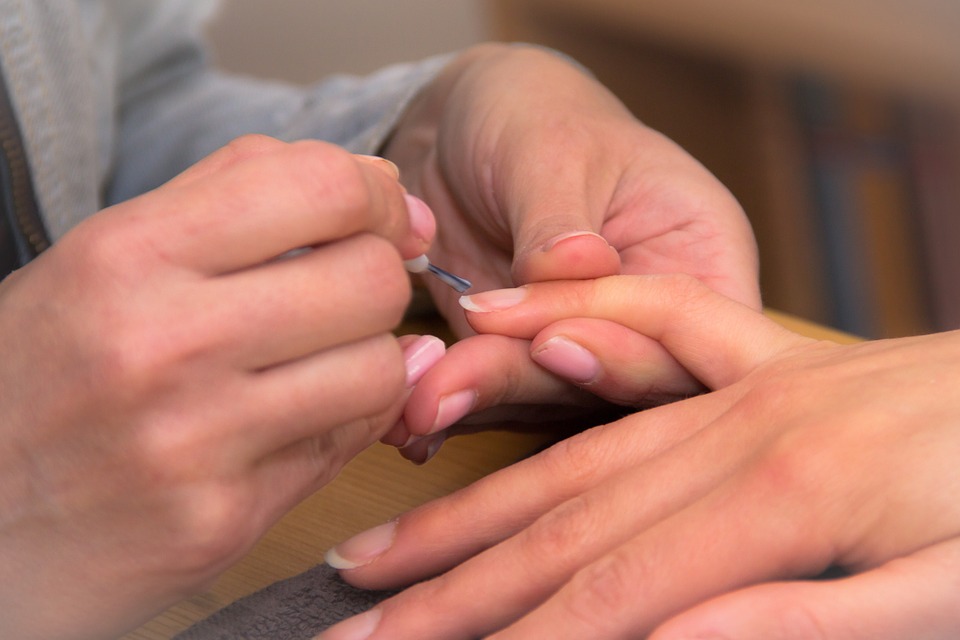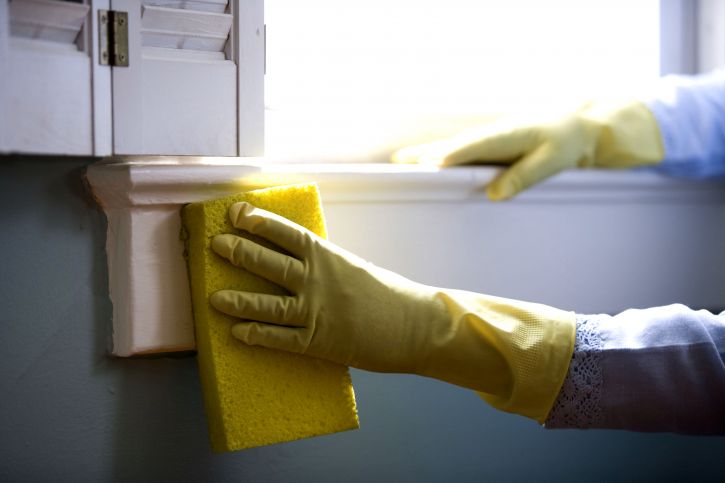Psoriasis of the skin is a common issue, but what happens when psoriasis affects the nail? According to the statistics from the American Academy of Dermatology, 10%-55% of people with psoriasis of the skin will have the condition on their nails. Nevertheless, people without psoriasis on the skin can still develop psoriasis on the nail plate or even on the skin under the nail.
Symptoms
Psoriasis can wreak havoc on the nails, causing pitting, thickening, scaling, separation, discoloration, which puts you at a risk for trapping dirt and bacteria and getting a fungal infection.
Other symptoms can include black or red dots below the nail plate and Beau’s lines which appear on the nails as horizontal ridges or grooves. Psoriasis can also turn the nails a brownish yellow, and it could have red spots underneath the nail sometimes.

Treatments
Nail psoriasis can be hard to treat as it affects the nail as it grows. Doctor may prescribe a steroid to rub onto your nail, or to be injected into the affected nails. If you have a fungal infection, doctor may treat it with anti-fungal cream. Doctor may also recommend that a part of the affected nails be removed if it is too serious. Other treatments such as nail filing, polish, and artificial nails can improve the appearance of the affected nails while they heal.
Furthermore, it’s important to keep a good nail care routine to treat nail psoriasis effectively. The useful nail care includes:
- Keep our nails trimmed short;
- Use a nail file to keep nail edges smooth;
- Wear gloves during cleaning;
- Moisturize nails and cuticles every day and after they’ve been in contact with water;
- Wear comfortable shoes with enough room for our toes.











